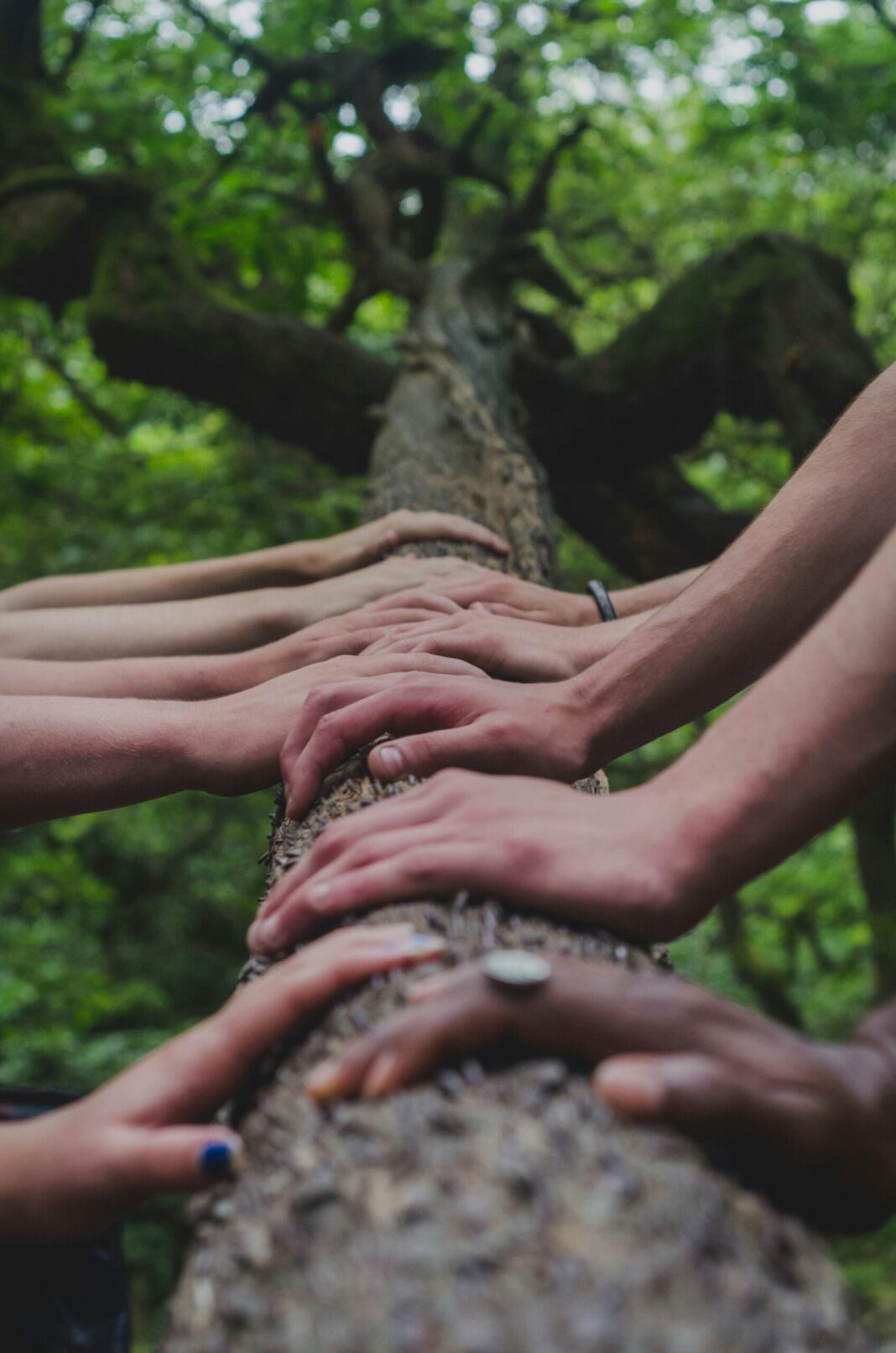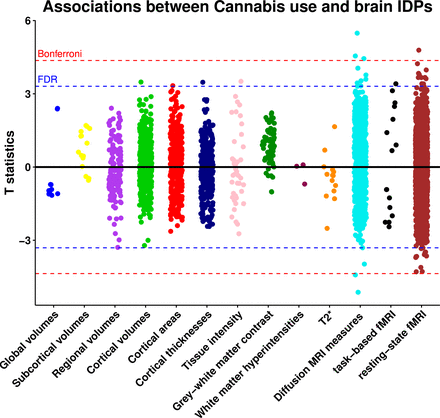The summer after my freshman year of college, I went back home to St. Louis, Missouri, where I spent my time contemplating what major I wanted to pursue. After considering (and deciding against) biology, I gravitated towards the environmental science and policy program at my university. As the break came to a close, I declared my new major and set my sights on Southern California for the new semester.
Weeks before I left, an unarmed black teenager, Michael Brown, was shot and killed about 10 minutes from my house and the civil unrest of Ferguson flooded the news. I began to examine my black identity in new ways and attempted to process the information and trauma as protests erupted nearby and fires burned structures to the ground.
When I flew back to California and started my environmental science classes, I started to wonder how communities like mine back home could benefit from finding healing in nature. I was able to escape to the mountains or the beach to process in SoCal, but it felt unfair as my hometown was suffocating in the smoke of burning flames and protests.
“As my textbooks encouraged me to protect public lands so they could be preserved and enjoyed, I couldn’t help but wonder, ‘for whom?’”
Throughout my studies, I became startled by the fact that it was indeed harder for black, brown, and low-income communities to have access to clean air, water, and natural spaces. Even worse, minority and low-income communities were statistically more likely to live in neighborhoods exposed to toxic waste, landfills, highways, and other environmental hazards. As my textbooks encouraged me to protect public lands so they could be preserved and enjoyed, I couldn’t help but wonder, “for whom?”
I wanted to protect the natural environment, but I also wanted to protect vulnerable communities like mine back home. I wasn’t able to separate my identity from my environmentalism and this is when I discovered environmental justice. Environmental justice is the intersection of both social justice and environmentalism, where the inequity in environmental degradation is also considered. Since the outrage from the Flint Water Crisis, the Environmental Protection Agency has included environmental justice and advocated for overburdened communities in its goals.
“Environmental justice is the intersection of both social justice and environmentalism, where the inequity in environmental degradation is also considered.”
When striving to become better environmentalists, it’s also important to consider what communities are more likely to be exposed to the ramifications of climate change the fastest. It’s important to take into account which communities are already struggling to be protected equally by environmental laws so they can have equal access to a safe environment. Our advocacy can help change this.
This might seem heavy when trying to be more eco-friendly, but it’s worth considering when learning about the environmental movement and policy. Just like feminism should be intersectional, so should environmentalism. You can start by looking into local environmental policy and how you can get involved.
From food deserts — neighborhoods without access to fresh produce — to communities impacted negatively by fracking, coal mining, or other environmental hazards, it’s going to take action to ensure a greener and cleaner future for everyone. Below is a list of Environmental Justice Groups with a focus on environmental, economic, and environmental equity that you can explore to learn more:
Leah Thomas is an intersectional environmental activist, eco-communicator, and author. She launched the intersectional environmentalist platform to explore the relationship between environmentalism and cultural identity. You can connect with her on Instagram.




